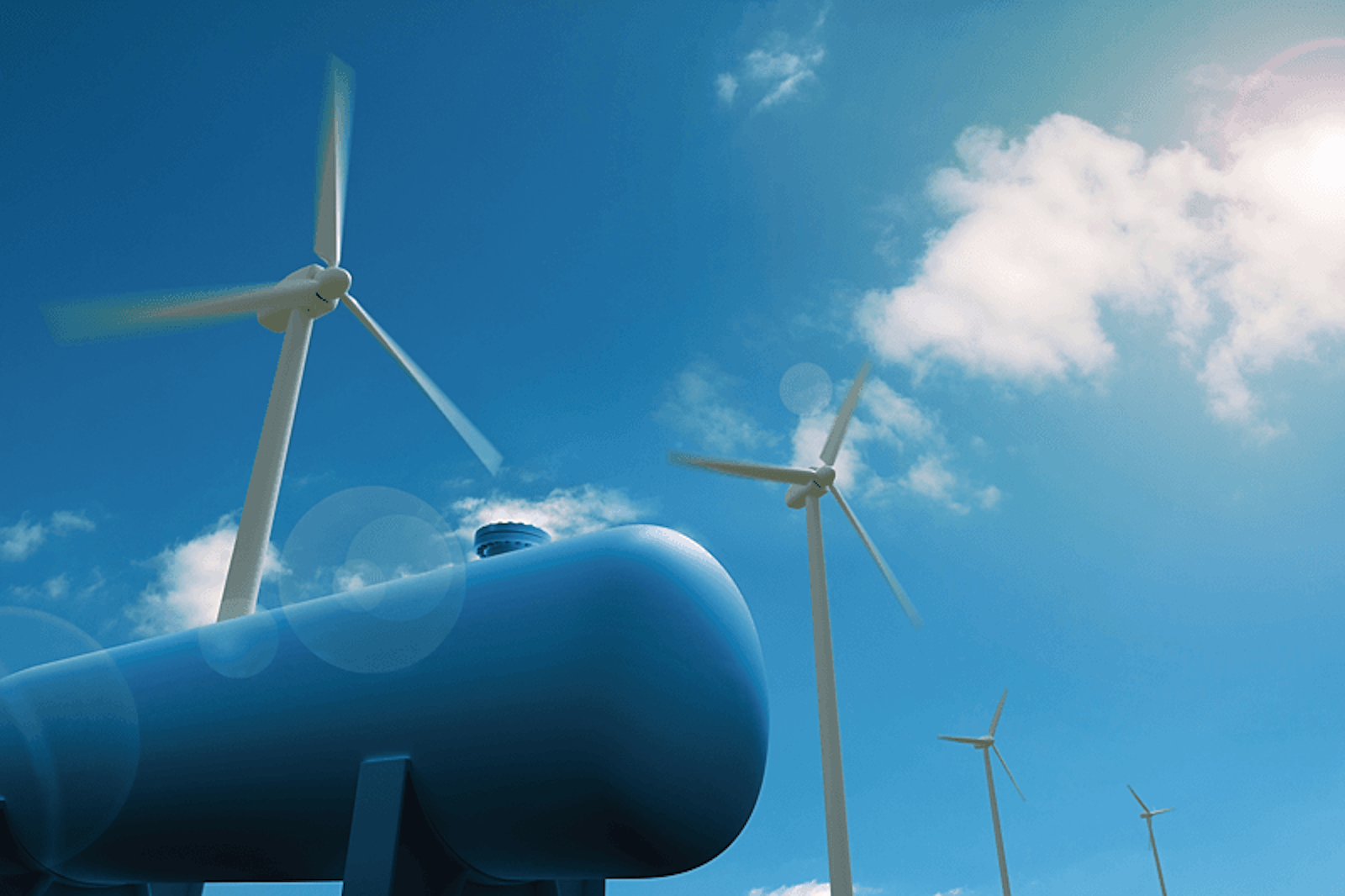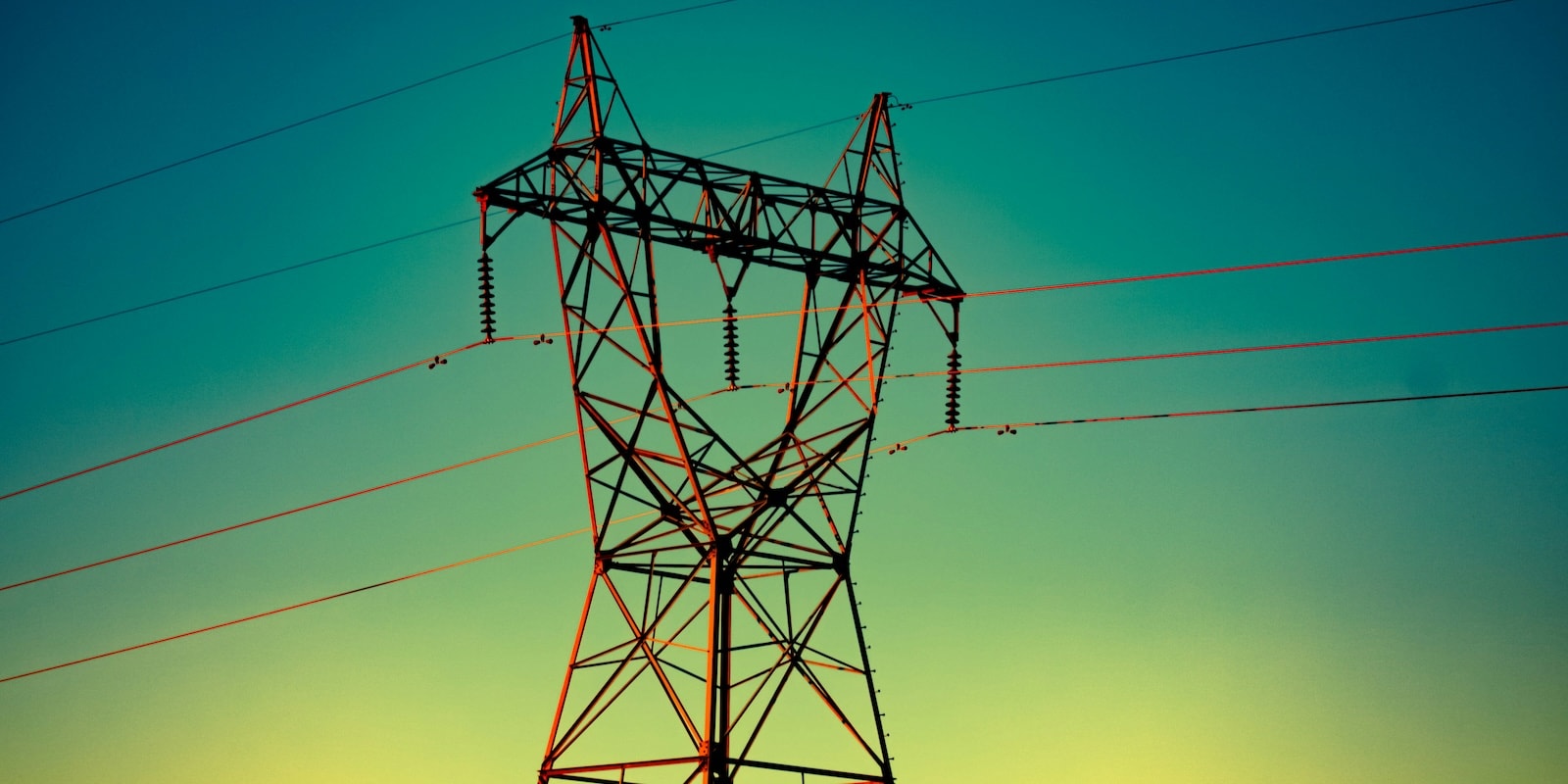Thursday, September 4, 2025
You probably know the difference between renewable and non-renewable energy, but… could you tell the difference between primary and secondary energy? Although this classification of energy sources may be less familiar, it’s useful to know in order to better understand the network that makes up our global energy system.
While primary energy sources are those we find in nature, such as coal, the sun, or wind, that require no processing to be used, secondary energy sources do require a transformation process to become the energy that reaches our homes.
What is secondary energy?
Secondary energy is an energy product that has been processed, ready to be consumed or transported more efficiently. This transformation process is essential because many primary energy sources cannot be used directly for most of our daily or industrial needs. For example, we can’t plug an appliance directly into a wind farm, nor can a car run on crude oil.
The transformation process: From primary to secondary energy
The conversion of primary energy into secondary energy involves various industrial processes designed to optimize its use and distribution. These processes take place in specialized facilities such as power plants, refineries, or biogas plants.
Take electricity as an example. To generate electricity, we can use thermal energy released by burning natural gas or coal, solar energy that converts sunlight into heat, kinetic energy from wind or water, and even nuclear energy. In all cases, primary energy is converted into electricity, a type of secondary energy that can be transported over long distances and used for countless applications.
The efficiency of these transformation processes is a critical factor, as some of the primary energy is lost during conversion, usually as heat. That’s why achieving the highest possible efficiency is a constant goal in energy research.
Types of secondary energy and their applications
There are several types of secondary energy, each with specific characteristics and uses:
Electricity
Electricity is one of the most versatile and widely used forms of secondary energy. It’s generated from a broad range of primary sources (fossil, nuclear, renewable) and is essential for lighting, climate control, industry, transportation, and electronics. Its ease of transport through distribution networks makes it the backbone of our society.
Refined fuels
These are petroleum derivatives, including gasoline, diesel, kerosene, and liquefied gases. They are vital for industry and transportation, from cars to airplanes, and despite the push toward electrification, refined fuels remain dominant in these sectors.
Biofuels
Biofuels are a type of renewable fuel derived from organic matter. Second-generation (2G) biofuels are produced from organic waste, such as used cooking oils, agricultural or livestock waste, forest biomass, and others. They are a renewable alternative to fossil fuels for transportation and power generation, as their net CO2 emissions over their lifecycle are significantly lower compared to traditional fossil fuels.
Hydrogen
Green hydrogen is one of the main renewable energy sources of the future. It’s produced through water electrolysis, which involves separating oxygen and hydrogen molecules using electricity from renewable sources, in a process that generates no CO2 emissions. There are several types of hydrogen. The term “green” refers to hydrogen that is obtained through an electrolysis process powered by renewable electricity.
Green hydrogen is key to decarbonizing sectors that are difficult to electrify, such as heavy industry or long-distance transportation. It’s estimated that by 2050, hydrogen could meet up to 24% of global energy needs.
Heat
Solar power plants use solar radiation to heat a fluid (synthetic thermal oil) to very high temperatures. This heat is then used to generate electricity indirectly through a thermodynamic cycle similar to that of a conventional thermal power plant.
Opportunities
Secondary energy offers multiple advantages, particularly its versatility and ease of use, enabling it to power a wide range of devices, its efficiency in transportation and distribution through networks or storage, its adaptability to integrate diverse primary energy sources into a coherent system, and greater control over power regulation and energy supply.
Challenges
Secondary energy can involve losses during the transformation process from primary sources, reducing overall efficiency. It also depends on the availability and cost of the primary energies from which it is derived. Finally, the development of these secondary energy sources inevitably requires extensive and costly infrastructure for generation, transport, and distribution.
The future of secondary energy
The future of secondary energy is closely tied to the energy transition. Experts predict a significant shift in its production, with an exponential increase in electricity generated from renewable sources. Direct electrification will be the priority in many sectors, but where that’s not feasible, green hydrogen and biofuels will play a crucial role in decarbonization.
Research will focus on improving the efficiency of transformation processes, developing new storage technologies, and optimizing distribution networks to make them smarter and more resilient. Spain, for example, has an Integrated National Energy and Climate Plan that aims for 81% of electricity generation to come from renewable sources by 2030, further cementing electricity’s role as a key and sustainable secondary energy source.
¿Te ha parecido interesante?





